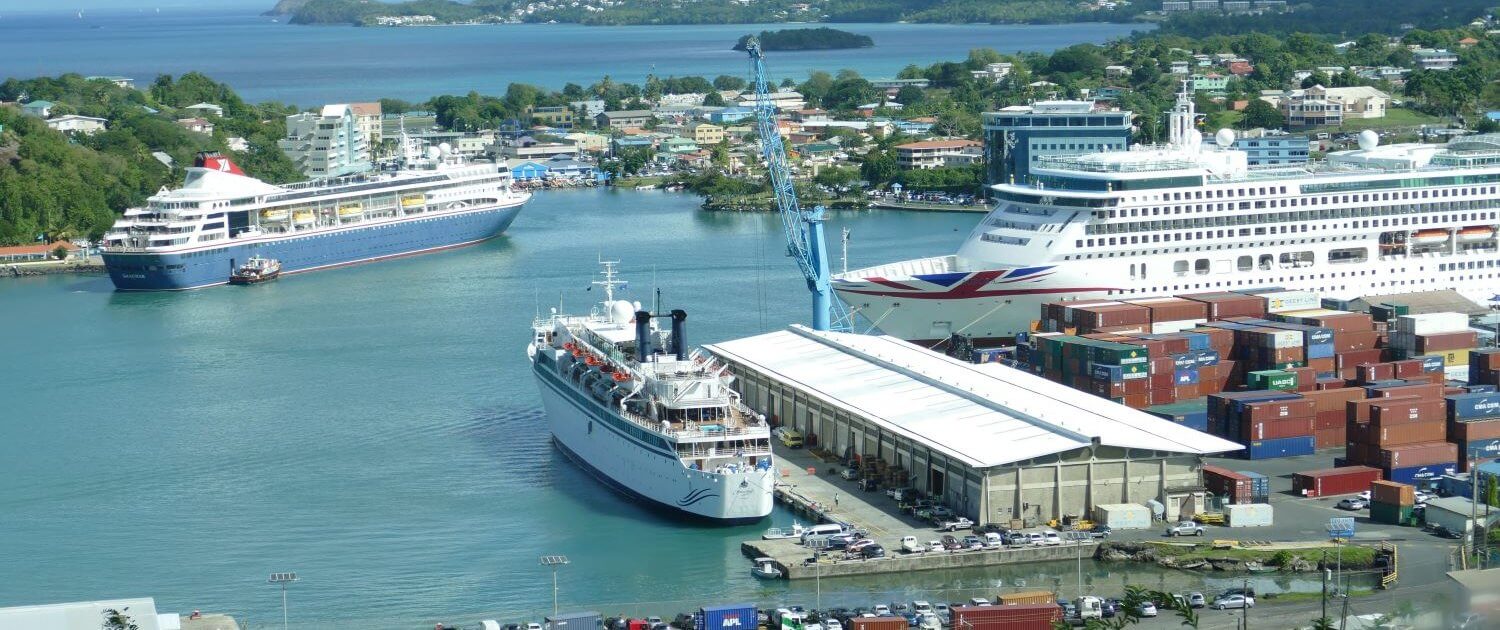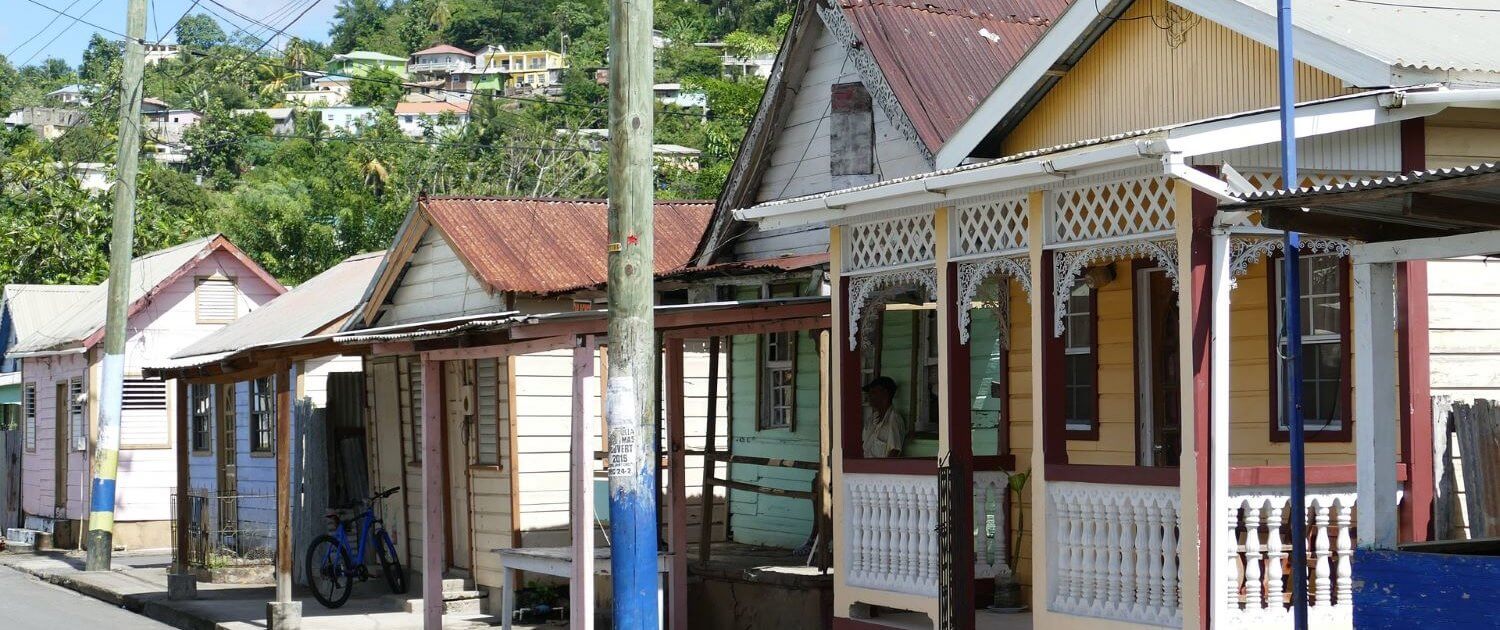St. Lucia’s Poverty Grows Amid COVID-19
St. Lucia, famous for its gorgeous beaches, bays, and friendly people, is experiencing a halt in tourism that will surely plunge a greater percentage of its citizens into poverty. This article explores the current situation and future scenario for St. Lucia as a consequence of the pandemic.
The alluring Caribbean island of St. Lucia is a favorite retreat for the rich and famous of many nations. But in Global Volunteers’ host district of Anse la Raye, well over a third of the population makes less than $5.50 U.S. dollars a day. They simply do not have enough food and are not able to meet other basic needs to have a decent life. It’s hard to imagine amidst such natural beauty, but the worst is looming for impoverished St. Lucians since COVID-19 has overcome the country’s tourist industry.

Just like other island countries such as the Cook Islands, St. Lucia’s economy basically rests under one single industry: tourism. Endowed with gorgeous beaches and other natural wonders, approximately 1.5 million tourists visit St. Lucia every year to enjoy a piece of paradise. The income, jobs, and foreign exchange earnings derived from tourism account for 65% of the GDP in St. Lucia. With tourism now paralyzed, the St. Lucian economy is falling into a dreadful crisis. To understand these numbers, we can picture a similar scenario: according to data from the U.S. Bureau of Economic Analysis, it would take all finance, insurance, real state, rental, leasing, manufacturing, educational services, social assistance, health care services, and government spending to stop in the U.S. for the economy to take an equivalent hit.

The second industry that sustains St. Lucia is agriculture. Although it accounts for less than 5% of GDP, it employs 20% of the population. However, due to the recent dependence on tourism, agriculture can’t guarantee the country’s self-sufficiency. Farming here is mostly limited to subsistence agriculture, with an average of 3.2 acres per agricultural holding, but much less for the poorer districts and families. With tourism stalled, agriculture will not be enough to sustain St. Lucian families.
The World Bank’s assessment is sobering. “Because of the COVID-19 crisis, Saint Lucia is expected to experience negative growth, increased unemployment and increased inflation in 2020. These are expected to significantly increase poverty.” But that’s not all. The hurricane season (June and November) is upcoming. The World Bank adds: “A prolonged COVID-19 crisis combined with a possible extreme weather event may drastically increase poverty in Saint Lucia.”

This is where Global Volunteers’ development focus aims to help strengthen communities’ self-sufficiency by investing in children’s and families’ potential. Since 2012, we’ve provided EarthBox container gardens, helping families grow fruits and vegetables to supplement their diet and stay healthy. We also support entrepreneurial activities supporting a group of young women improve their skills in making dresses and other clothing items. We invest in educational resources and math and literacy instruction for children one to five years old, and teach basic hygiene practices to defy infectious diseases. Finally, we work with St. Lucians to improve local infrastructure through maintenance projects on community buildings. All this work is done under the direction of local leaders and through the work of our volunteers.
The damage of COVID-19 on the island of St. Lucia is certain to last beyond the days of the last diagnosed cases of the disease. To help children and families in our partner community of Anse la Raye through this time of great need, contribute to Global Volunteers in their name. You can help ensure that we can continue to provide essential services in Anse la Raye, and when it’s safe to travel, you can work alongside them to help rebuild their long-term capacity. It will take all of us together to reverse the impacts of the pandemic.
You may also like:




Leave a Reply
Want to join the discussion?Feel free to contribute!